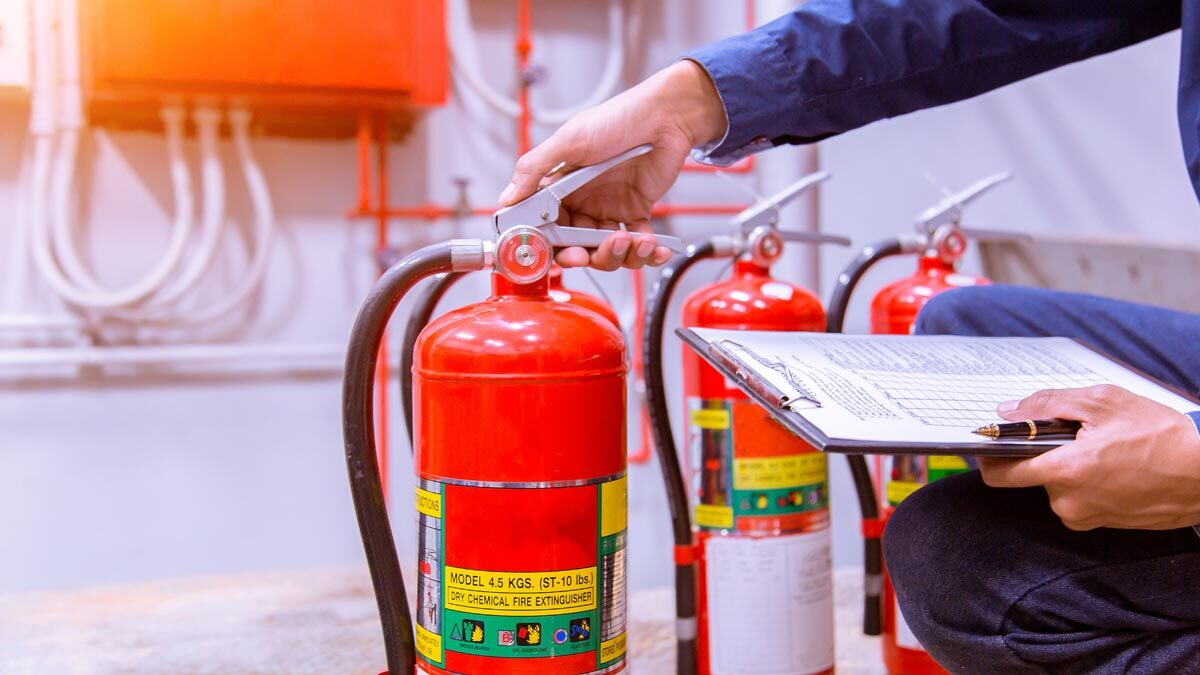Understanding the Fire Supervisory System
A fire supervisory system is a vital component of a building’s fire protection strategy. Unlike fire alarm systems that activate only during fire emergencies, a supervisory system constantly monitors the health and functionality of fire protection equipment. It ensures that sprinklers, fire pumps, valves, pressure sensors, and other systems are in working condition—even when no fire is present.
This proactive approach allows building managers, fire departments, and maintenance personnel to detect faults, tampering, or failures in the fire protection infrastructure before they become life-threatening. Essentially, the fire supervisory system is the watchdog of fire safety, always on alert to guarantee that emergency equipment will perform when needed.
How Fire Supervisory Systems Work
Fire supervisory systems function by using sensors and monitoring devices that continuously track key components of the fire suppression system. These sensors detect changes in the status of valves, pressure levels in pipes, the availability of water supply, and the operational condition of fire pumps.
When something goes wrong—such as a valve being closed, a pump malfunctioning, or a drop in pipe pressure—the system sends out a supervisory signal. This signal doesn’t trigger an evacuation alarm but instead alerts facility staff or the central monitoring station that maintenance is required. The goal is to resolve issues before an actual fire breaks out, ensuring the system remains fully operational at all times.
Key Components of a Fire Supervisory System
The core elements of a fire supervisory system include valve tamper switches, pressure switches, flow switches, water level indicators, fire pump monitors, and supervisory control panels. Each component plays a specific role in ensuring fire protection readiness.
Valve tamper switches detect when fire sprinkler valves are accidentally or intentionally closed. Pressure switches monitor pipe pressure and activate alarms if pressure drops too low or rises abnormally. Flow switches detect water movement in the piping, often indicating a discharge or leak. Together, these devices form a comprehensive oversight network that maintains system integrity.
Integration with Fire Alarm and Building Systems
Modern fire supervisory systems are fully integrated with fire alarm control panels and building management systems. This integration allows supervisory signals to be sent directly to centralized monitoring centers, fire departments, or on-site personnel.
The system can be programmed to send alerts via email, text, or app notification, ensuring a rapid response to any issues. In some buildings, supervisory systems are also connected to access control and security systems, which help restrict entry to fire equipment rooms or alert staff when unauthorized access occurs.
The Importance of Continuous Monitoring
One of the most critical features of fire supervisory systems is their ability to provide 24/7 monitoring. Unlike manual checks, which occur only periodically, these systems never sleep. They constantly scan for abnormalities, such as closed valves, low water levels, or pump faults, and immediately report them.
This real-time feedback is especially crucial in large facilities such as hospitals, schools, warehouses, and high-rise buildings, where undetected issues could lead to catastrophic failures during an emergency. With continuous monitoring, problems are caught early—often before anyone on-site even realizes something is wrong.
Preventing System Failures and Ensuring Compliance
Failing to maintain an operational fire suppression system can result in devastating consequences, including the loss of life, property damage, and legal liability. Fire supervisory systems act as a safety net that prevents such failures. They also help ensure compliance with fire codes and standards established by authorities such as NFPA (National Fire Protection Association), UL (Underwriters Laboratories), and local fire marshals.
In many jurisdictions, having a properly functioning fire supervisory system is not just a best practice—it’s a legal requirement. These systems also make routine inspections more efficient, providing electronic logs of past alerts, maintenance history, and system checks that can be reviewed during audits or insurance evaluations.
The Role of Supervisory Signals
Supervisory signals are different from fire alarms. While a fire alarm indicates an emergency that requires evacuation and response, a supervisory signal indicates a non-emergency issue that could compromise fire protection capabilities. These signals may include warnings like valve closed, low air pressure, pump failure, water tank low, or tamper switch activated.
Once a supervisory signal is received, it must be addressed promptly by trained personnel. Delays in response could mean that the system won’t function properly during an actual fire, putting lives and property at risk.
Common Issues Detected by Fire Supervisory Systems
The most common problems detected by fire supervisory systems include closed control valves, low water pressure in the sprinkler system, disabled or malfunctioning fire pumps, power supply failures, and tampered or bypassed switches. These issues can occur due to accidental interference, unauthorized access, aging equipment, or environmental factors like freezing temperatures.
By identifying these problems in real-time, the fire supervisory system allows maintenance teams to intervene early, reducing downtime and avoiding major repairs or fire code violations.
Maintenance and Testing of Fire Supervisory Systems
While fire supervisory systems are designed for reliability, they also require periodic testing and maintenance. Facility managers must ensure that all sensors, switches, and control panels are functioning correctly. This includes cleaning and testing tamper switches, checking battery backups, calibrating sensors, and ensuring that communication links to the monitoring center are intact.
NFPA standards recommend routine inspections and annual testing, depending on the component and the facility’s risk level. Maintenance should always be conducted by certified professionals with experience in fire safety systems to ensure code compliance and performance accuracy.
Benefits of Implementing a Fire Supervisory System
The primary benefit of a fire supervisory system is peace of mind. Building owners and occupants can rest assured that the fire protection system is constantly monitored and that any issues will be identified immediately. Other key benefits include faster response to system faults, improved compliance with fire regulations, reduced maintenance costs through early problem detection, and enhanced building safety overall.
For insurers and regulators, a well-maintained fire supervisory system demonstrates a commitment to safety and can often result in lower insurance premiums or fewer fines related to safety violations.
Conclusion: A Silent Guardian in Fire Protection
Fire supervisory systems may not make noise like alarms or shine like flashing exit signs, but their silent vigilance is one of the most powerful defenses a building can have against fire risk. By continuously monitoring the status of fire protection systems and alerting personnel to issues before they escalate, these systems help save lives and protect property.
In an era where building safety standards are higher than ever, investing in a reliable fire supervisory system is no longer optional—it’s essential. Whether you manage a commercial complex, residential high-rise, or public institution, ensuring that your fire supervisory system is up-to-date and properly maintained is one of the smartest safety decisions you can make.

